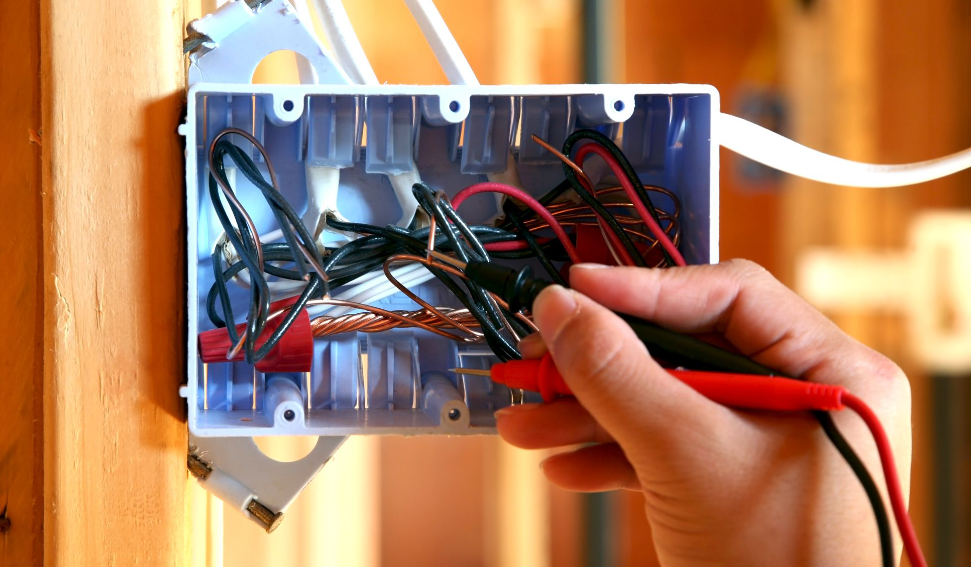Electrical cables are the backbone of modern electrical systems, enabling electricity to be transported safely and efficiently from power sources to homes, businesses, and other facilities. Over the years, advances in technology and materials have led to significant improvements in electrical cables, making them safer, more durable, and more efficient. In this article, we will explore some of the latest advances in electrical cable technology and materials, and how they are shaping the future of electrical systems.
-
High-Temperature Superconductors
One of the most exciting advances in electrical socket technology is the development of high-temperature superconductors. Unlike conventional superconductors, which require extremely low temperatures to function, high-temperature superconductors can operate at much higher temperatures, making them more practical for everyday use.
High-temperature superconductors have the potential to revolutionize electrical systems by reducing energy loss during transmission and increasing the capacity of power grids.
-
Fibre-Optic Cables
Fibre-optic cables are already widely used in telecommunications and internet connectivity, but they are also becoming increasingly important in electrical systems.
Fibre-optic cables are also highly durable and resistant to damage from weather, moisture, and other environmental factors.

-
Nanomaterials
Nanomaterials are materials that have been engineered at the molecular level, typically measuring less than 100 nanometers in size. These materials have unique properties that make them highly attractive for use in electrical cables, including increased strength, flexibility, and conductivity.
Nanomaterials are also highly resistant to damage from environmental factors such as heat, moisture, and radiation. They could be used to create electrical cables that are lighter, more flexible, and more durable than existing cables, with the potential to reduce energy loss during transmission.
-
3D Printing
Advances in 3D printing technology are also having an impact on electrical cables. 3D printing makes it possible to create complex cable designs that would be difficult or impossible to produce using traditional manufacturing methods.
3D printing can also be used to create cables with embedded sensors and other components, allowing for real-time monitoring of the cable’s performance and condition.
-
Wireless Power Transmission
Finally, advances in wireless power transmission technology are making it possible to transmit electricity without the need for cables at all. Wireless power transmission uses electromagnetic fields to transfer energy from a power source to a device, without the need for a physical connection.
Conclusion:
The future of electrical cables is full of exciting possibilities. From high-temperature superconductors to wireless power transmission, advances in technology and materials are paving the way for more efficient, reliable, and sustainable electrical systems.


